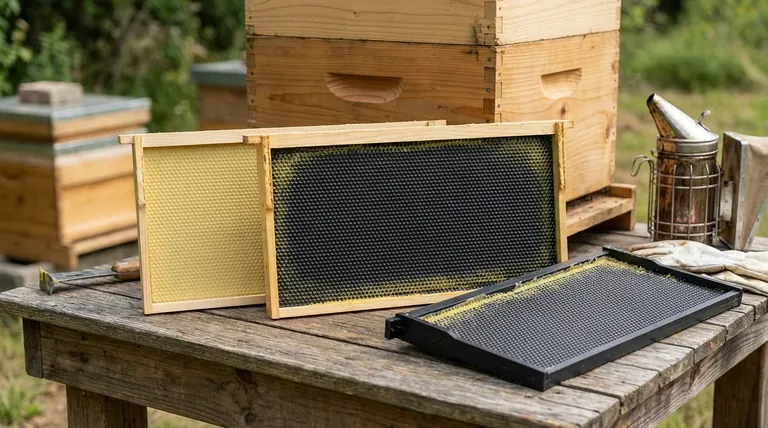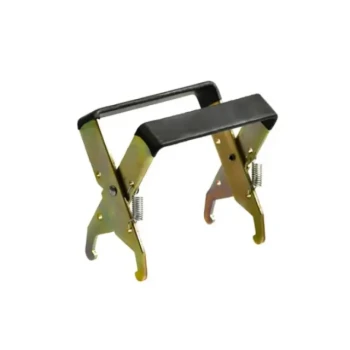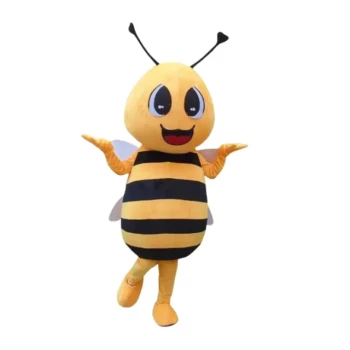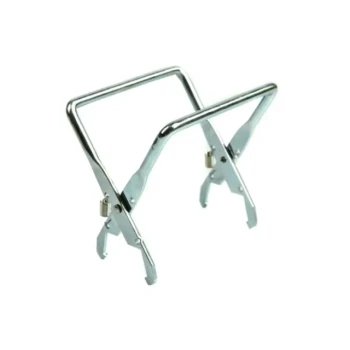The three main modern options for bee foundation are sheets of embossed beeswax, rigid plastic foundation, and all-in-one plastic units that combine the frame and foundation into a single piece. Each option serves as a guide for the bees, encouraging them to build straight, manageable honeycomb within the hive frames.
Your choice of foundation is not about finding a single "best" option, but about aligning your equipment with your goals. The decision hinges on a fundamental trade-off between the natural appeal of beeswax and the durability and convenience of plastic.

A Closer Look at Each Foundation Type
Each foundation material offers a different set of benefits and requires a distinct approach to management. Understanding these nuances is the first step toward building a successful and efficient apiary.
Option 1: Traditional Beeswax Foundation
This is a thin sheet of pure beeswax embossed with the hexagonal pattern of worker-sized honeycomb cells.
It is the most traditional and natural option available. Bees readily accept and draw out comb on beeswax foundation because it is a familiar material.
However, it is fragile and must be supported within the frame, often by wires, to prevent sagging in high heat or breaking during honey extraction.
Option 2: Plastic Foundation
This consists of a rigid sheet of food-grade plastic, also embossed with a cell pattern.
Most plastic foundation comes pre-coated with a thin layer of beeswax to encourage the bees to begin working on it. Its primary advantage is durability.
It is highly resistant to pests like wax moths and will not break apart in a high-speed honey extractor, making it a favorite for large-scale honey producers.
Option 3: All-in-One Plastic Frame & Foundation
This is a single, molded unit that combines the frame and the foundation into one piece.
Its defining characteristic is convenience. These units require zero assembly, making them the fastest option to get into a hive.
Like separate plastic foundation, they are extremely durable, reusable, and resistant to damage from pests or extraction.
Understanding the Trade-offs
Choosing the right foundation means weighing the pros and cons of each material against your beekeeping philosophy and operational needs.
Natural Material vs. Durability
Pure beeswax is a natural hive product, which appeals to many beekeepers focused on organic or treatment-free practices. Its main drawback is its fragility.
Plastic offers superior durability and a longer lifespan. It can be scraped clean and reused for many seasons, but it is a synthetic material within the hive.
Bee Acceptance
Bees almost universally accept beeswax foundation without hesitation.
Acceptance of plastic foundation can sometimes be less certain. The quality and thickness of the wax coating are critical; a poor coating may lead to bees being slow or unwilling to draw it out.
Labor and Time
Beeswax foundation is the most labor-intensive, often requiring the embedding of support wires into the wax sheet.
Plastic foundation is simpler, as it typically just snaps into a frame's groove.
All-in-one units are the clear winner for time savings, as they are ready to use straight out of the box.
Making the Right Choice for Your Apiary
Select your foundation based on your primary objective for your hives.
- If your primary focus is natural beekeeping: Choose beeswax foundation, as it keeps the internal hive environment free of synthetic materials.
- If your primary focus is durability and honey production: Coated plastic foundation is the superior choice for its ability to withstand high-speed extraction and resist pest damage.
- If your primary focus is convenience and saving time: All-in-one plastic units offer the fastest path from the box to the hive with zero assembly required.
By understanding these core differences, you can confidently select the foundation that best supports your beekeeping journey.
Summary Table:
| Foundation Type | Key Feature | Best For |
|---|---|---|
| Beeswax Foundation | Natural material, high bee acceptance | Natural, treatment-free beekeeping |
| Plastic Foundation | Durable, pest-resistant, long-lasting | Large-scale honey production |
| All-in-One Plastic | Zero assembly, maximum convenience | Time-saving operations |
Ready to equip your apiary with the right foundation?
As a leading wholesale supplier to commercial apiaries and distributors, HONESTBEE provides durable, high-performance beekeeping equipment—including premium plastic foundations and all-in-one frames—designed to maximize your honey production efficiency and operational savings.
Contact HONESTBEE today for wholesale pricing and to discuss the best foundation solutions for your business.
Visual Guide

Related Products
- Food Grade Plastic bee Foundation for Bee Frames
- Beeswax Foundation Sheets Beehive Foundation for Wholesale
- Colorful Silicone Beeswax Foundation Mold Mould for Beekeeping
- Notebook Style Beeswax Foundation Mould Wax Foundation Mold
- Manual Beeswax Comb Foundation Machine Wax Foundation Mill Embossing Machine
People Also Ask
- Why do commercial beekeepers prefer plastic foundation? Durable, Reusable, and Cost-Effective
- How does plastic foundation differ from beeswax foundation? Choose the Best for Your Hive's Success
- Does plastic foundation affect honey quality or taste? A Practical Guide for Beekeepers
- Why is it beneficial to coat plastic foundation with beeswax? Boost Hive Acceptance & Comb Building
- What additional step can improve the performance of plastic foundation in the hive? Apply a Generous Coat of Beeswax



















